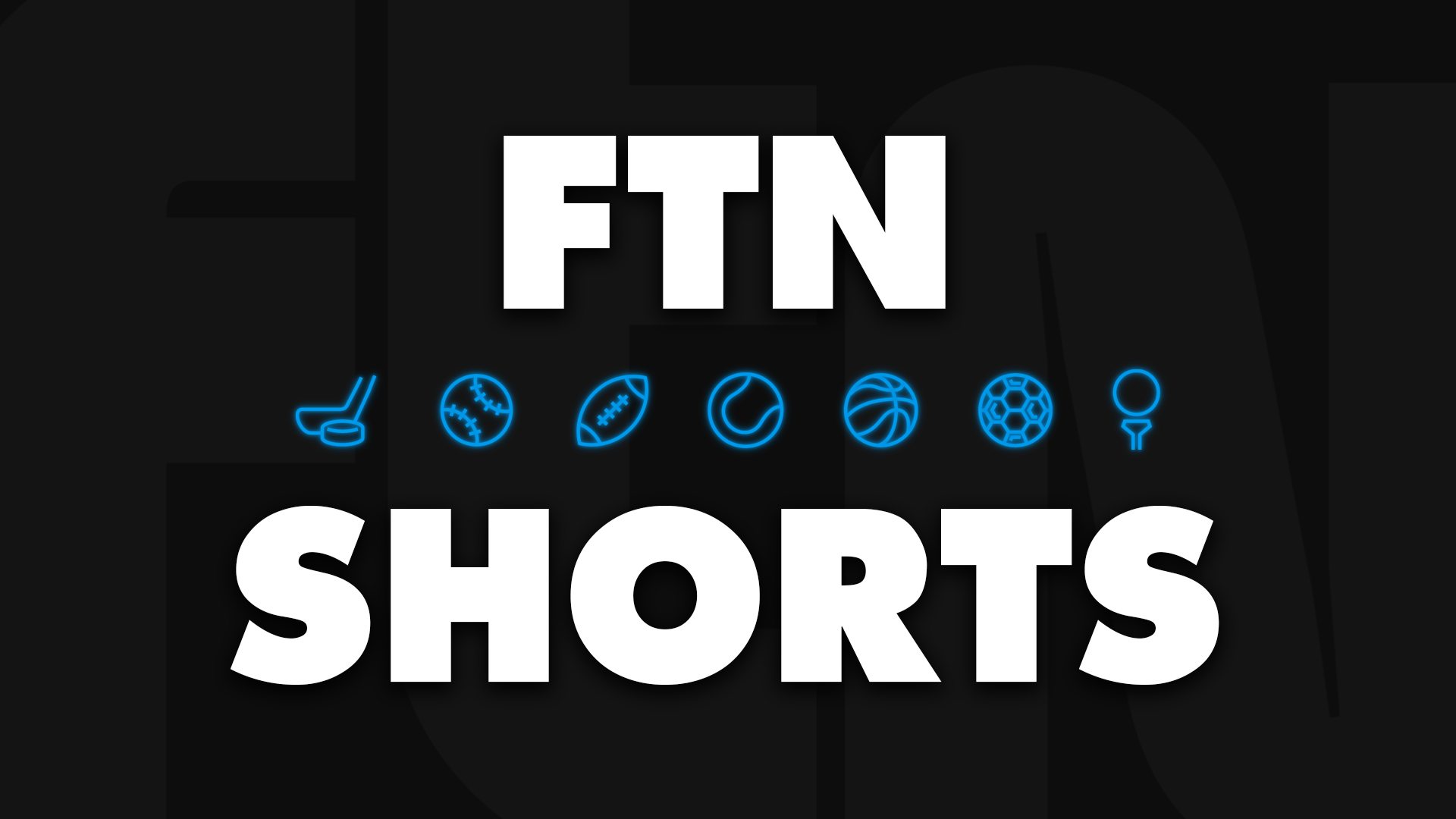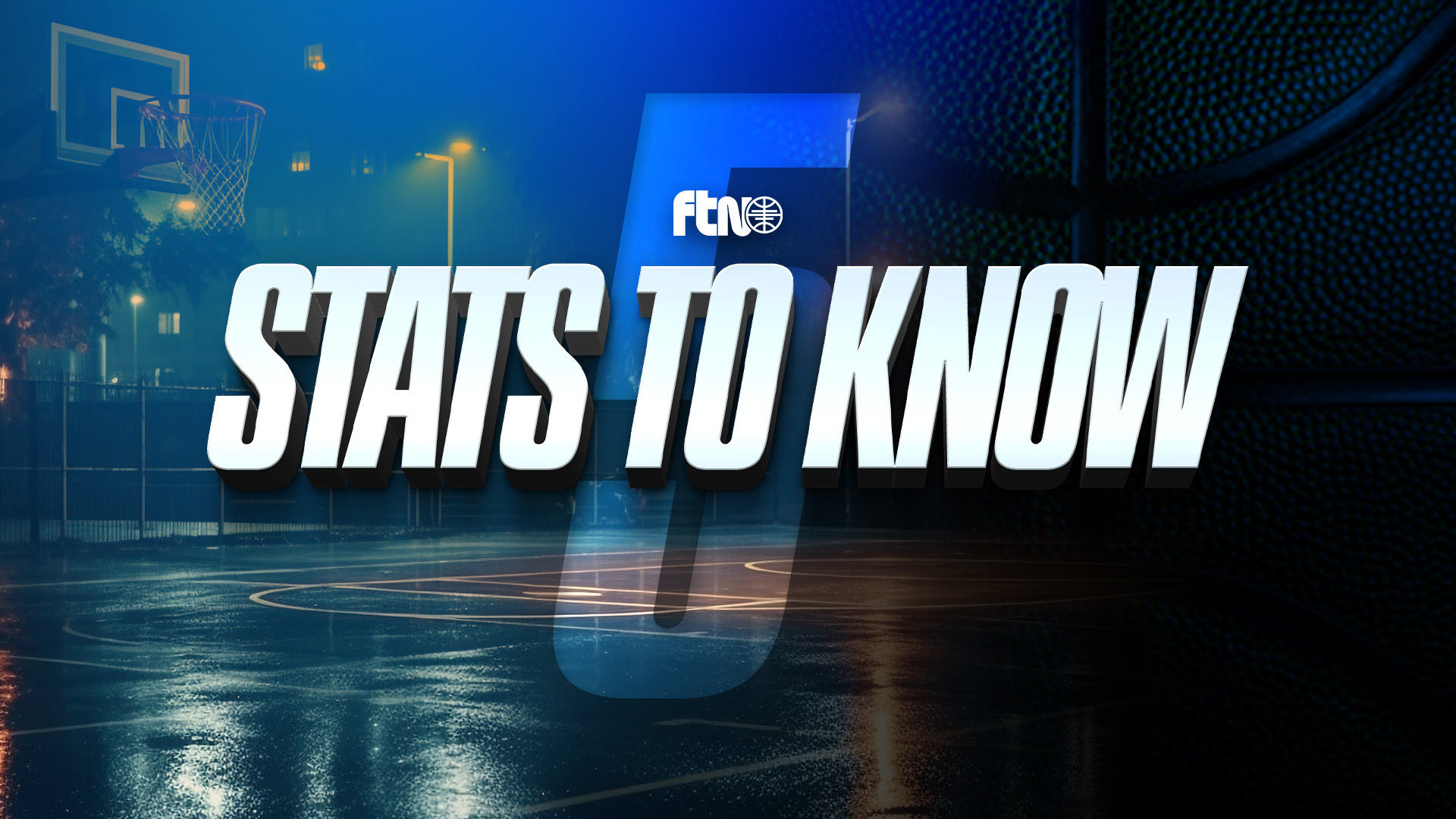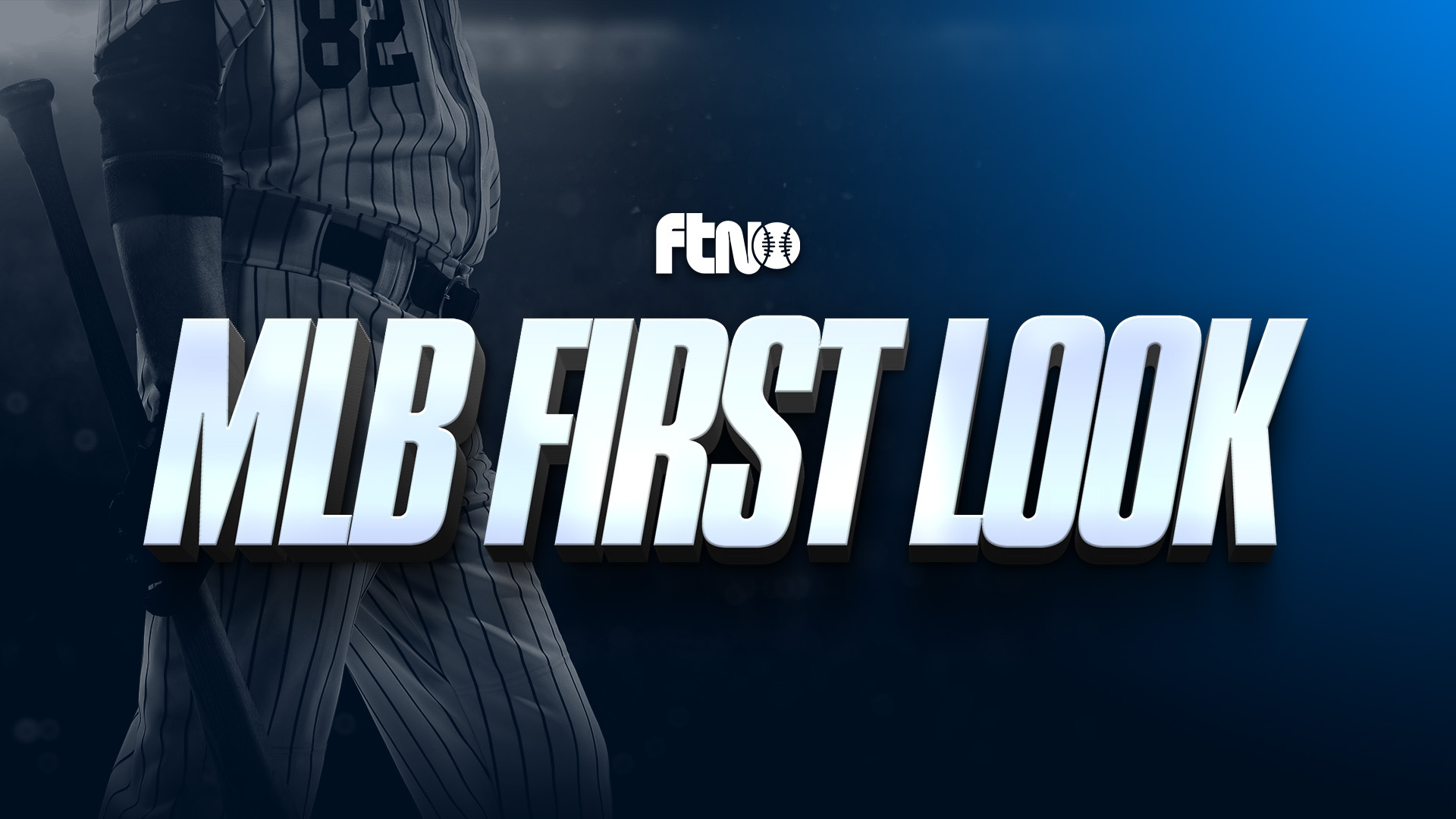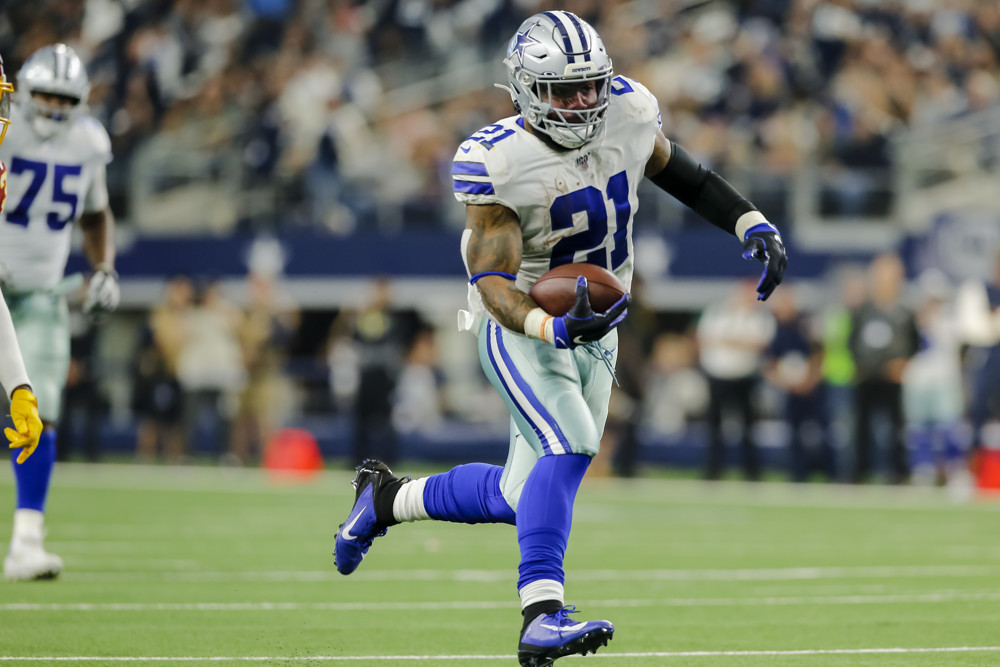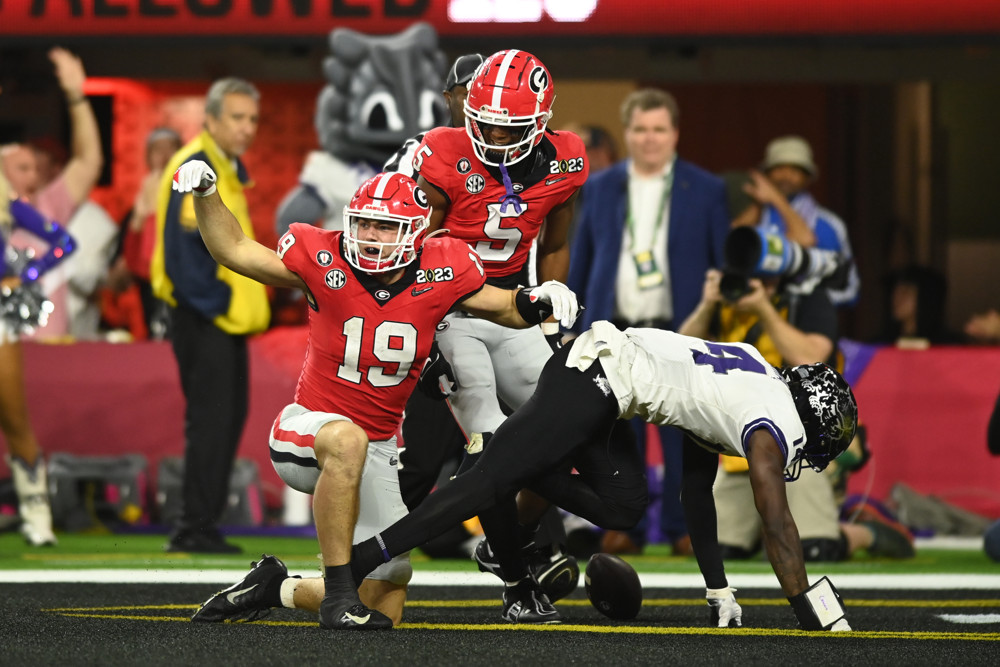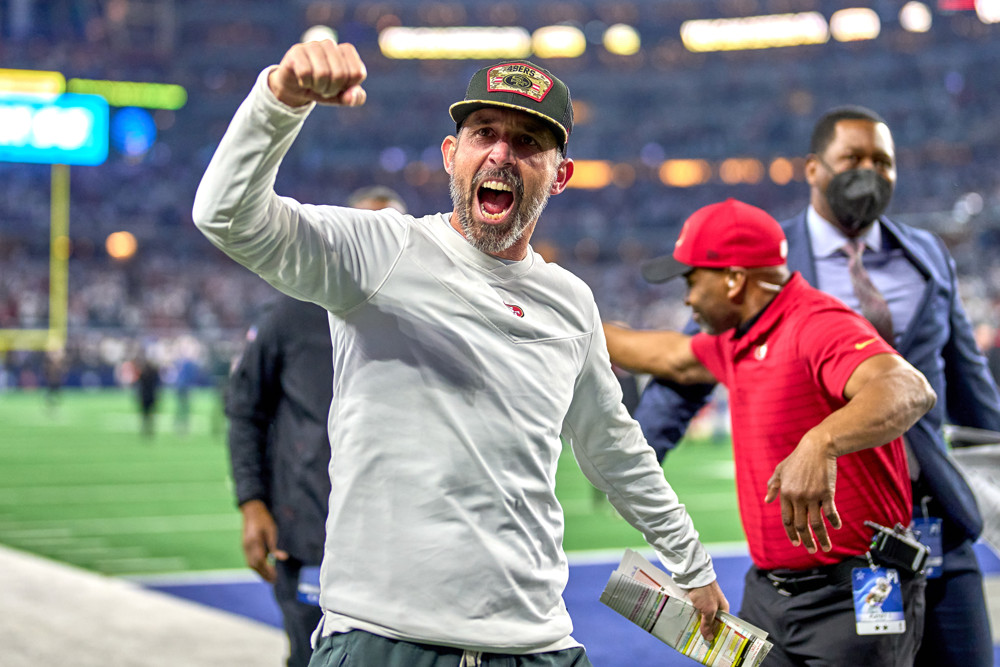
So you just finished your first season of dynasty fantasy football.
Hopefully you read Jeremy Popielarz’ article on how to build your roster and your first season was a huge success. However, if you missed his article and things didn’t go as well as you’d hoped, nailing your first rookie draft will go a long way towards climbing up your league’s power rankings.
So how do you make the most of your rookie draft?
The five steps below outline a process you can use to maximize your draft picks, improve your roster and bring you one step closer to a fantasy football championship.
1. Evaluate Your Current Roster
This step isn’t the most glamorous, but there’s a reason it appears first on the list. Before doing anything else, you need to take a good, long look at your roster and determine where you stand compared to your leaguemates.
Did you finish the season with a first-round bye and a top-two record in your league? Or were you one of the worst teams and now you’re stuck with a roster starved for top-level talent?
If you fall into one of those two buckets, tabbing yourself as a “contender” or a “rebuilder” is pretty easy. However, if you squeaked into the playoffs and injury luck impacted your seeding (either positively or negatively), determining where you truly stand can be tricky.
Evaluating your roster without bias isn’t an easy task – everyone (including myself) tends to overestimate how good their own guys actually are. For this reason, asking a friend for their input could provide you with a more realistic perspective on your team.
Regardless of who ultimately conducts your evaluation, possessing a solid understanding of where your team stands will help you better approach the draft and the rest of your offseason.
2. Build Your Draft Board
There are a million different ways to evaluate draft prospects, and how active you’re willing to be throughout the offseason will help determine the best route for you.
If you love watching film and are willing to dedicate a few hours to coming up with your own rankings, that’s great! This extra work can help you stray away from consensus rankings and uncover hidden values in the draft. If you have the analytical chops to build your own model or understand someone else’s, statistical analysis can be a great way to improve your hit rate when drafting prospects.
Or maybe you’re a more casual fan who prefers to let the experts do the work. If this is the case, I’d recommend you check out Jeff Ratcliffe’s rookie rankings and let him do some of the hard work for you.
No matter how you ultimately determine your individual rankings, one of the most important steps in this process is establishing tiers. Having a straightforward numerical list is nice, but tiers take your rankings to another level and provide you with an edge. They help you identify where talent dropoffs are significant, and this information will provide you with a major edge on draft day.
For example, if you hold the fifth overall pick and believe the top tier of prospects contains five players, trading up or down wouldn’t make much sense. However, if you hold that same fifth pick but believe Tier 1 contains three players and Tier 2 contains six, your willingness to trade should increase.
Depending on your needs, if you find yourself in the second situation, you’re in a prime position to move up or down in the draft. If you want to snag a better-ranked player, sacrificing a later pick to move into the top three may make sense. Alternatively, if you want to trade down while staying within that second tier, you can acquire additional assets without experiencing a sizable drop off in available talent when it’s time to pick.
3. Shift Your Mindset
This is a relatively easy step, and it drastically improves your ability to evaluate what draft picks are really worth.
Once your draft board is established, you’re going to want to shift your perspective and start viewing picks as the players you’d select in that slot. By doing this, it becomes much easier to evaluate any potential trade offers you may have on the table.
For example, let’s pretend you hold the third overall pick and have two offers on the table:
- Pick 3 for Picks 6 and 12
- Pick 3 for Travis Etienne
Using Jeff’s rankings as our template, we can now look at this trade a little differently:
- Garrett Wilson for Isaiah Spiller and Skyy Moore
- Garrett Wilson for Travis Etienne
Evaluating the players in the deal rather than the picks themselves provides you with much more clarity toward what you’re actually getting in each trade. It’s a minor change, but this slight mindset goes a long way. Pair this with your recently formulated big board, and you’ve got a recipe for successfully trading rookie picks.
4. Evaluate All of Your Options
Once you’ve gained an understanding of what your picks are worth, it’s time to start shopping.
It’s easy to get tunnel vision and hone in on the incoming crop of rookies while ignoring alternative options for maximizing your draft capital. Depending on what you’ve learned in steps 1-3, trading your picks away might be the best route to improving your football team.
Maybe you’re an older team that is close to a championship title and another manager has a young roster with an aging RB who doesn’t fit with the rest of their squad. This is a perfect scenario for a win-win trade. Sacrificing some of your draft picks for a win-now player could drastically improve your shot a title over the next year or two, meanwhile your trade partner is happy to continue building their roster with a brighter future in mind.
To get the best value out of your picks, contacting your league mates will go a long way. Everyone has different rankings, intentions, and timelines that create different perceived values for each draft pick. The more information you have about what your league mates want will allow you to find the best possible trade partners and help build your team accordingly.
Remember, a successful rookie draft doesn’t always have to involve drafting rookies.
5. Don’t Come Down with Rookie Fever
It happens every year. There’s a rookie someone in your league falls in love with, and an irrational trade follows suit.
Don’t be that guy.
The unknown aspect of drafting a rookie always feels optimistic, which makes it easy to overlook the potential downside that comes with drafting an unproven player. It’s easy to get caught up in the hype of an incoming rookie class, but if you follow the steps above, you’ll have guidelines in place that prevent you from letting your excitement get the best of you.
The likelihood of one draft class turning your team into a dynasty for years to come is highly unlikely. You’re probably not going to come away from a draft with multiple elite options that carry your team to a championship over the next decade, so save that type of thinking for the rest of your league (and target your leaguemates who think this way in trades).
As you slowly approach your rookie draft, the value of draft picks steadily increases until it peaks on draft day. Use this to your advantage by holding onto your picks, letting the hype build, and patiently watching their value accumulate over time.
Your patience will pay off, and come draft day you’ll have all the information you need to improve your roster to the best of your ability. You’ll know what your team needs, the best way to acquire those needs, and who any of your potential trade partners are. The only thing left is winning football games, and if you follow these steps, it won’t be long before that happens effortlessly.


